Five Ways UniswapV3 changes the world for Liquidity Providers on the AMM
The Uniswap V3 announcement was a historical event for the Ethereum community. Long expected and not-disappointing, the Uniswap team led by Hayden Adams and Dan Robinson, re-invented the Automated Market Maker landscape of Ethereum, yet again. Sommelier is passionate about democratized access to the market maker role for individual retailers. Our Liquidity Providers(LPs) depend on us, as the CoProcessor to Ethereum, to compute and execute transactions on Ethereum. They have the power of a large prime-brokerage at their fingertips. Below, we explain the five ways Uniswap V3changes the world for Liquidity Providers and why it’s important for Sommelier to embrace and support these changes to empower individual, retail Liquidity Providers and make UniswapV3 even better.

Special thanks to Zaki Manian, Kevin Kennis, Jack Zampolin, Federico Kunze, Maya Zehavi, Erik Mayo, Garrette Furo, Alok Vasudev, Kyle Samani and Jason Wong for their contributions to this piece.
Concentrated Liquidity
To understand the concept of Concentrated Liquidity in UniswapV3, refer to how Liquidity Providers provided liquidity in UniswapV2. In V2, you, the Liquidity Provider, simply provided equal amounts of an ERC20 token into a Uniswap Pool contract address. The equal amounts then supplied liquidity along the equation 𝑥·𝑦=𝑘 that represent the relationship between the two tokens (x and y) and their trading price with some constant k. For example 100 ETH and 1000 MEME yield a k of 100,000. K stays the same as x and y face proportional changes to buying and selling activity within the pool. Adjusting liquidity is as simple as adding tokens to create LP shares, and removing liquidity by redeeming LP shares. Fees are collected and automatically re-invested in liquidity provision.
In UniswapV3, simply depositing tokens as you did in UniswapV2 is no longer a winning strategy, particularly for retail investors. You enjoy more control as to how much of your tokens you want to deposit and at what price ranges you will provide liquidity. This means that LPs need to take on a new role as sophisticated market maker. The UniswapV3 whitepaper calls this “Concentrated Liquidity”. Zaki prefers to call this “Discrete Liquidity” because you are setting your liquidity preferences at specific points and specific amounts.
This new mechanism for liquidity provision, and AMM trading, is powerful, but there are caveats that retail Liquidity Providers need to understand with this new power to place multiple positions:
Uniswap Fees: Fees or rewards for providing liquidity now only happen inside your liquidity position. You can have many position orders, but you risk making less or no fees if you provide liquidity in the wrong price range. To maximize fee revenue, you need to continuously pick the best price positions for each pool.
Position Optimization: In the competition for fees, LPs are now incentivized to tune their position ranges to optimize for actual spot price movement. A LP position that is too tight loses fees when the liquidity position goes inactive. A LP position that is too wide will lose fees due to better, narrower liquidity positions that contribute to more, active trading.
Risk Tiers in Pools: Different price positions have varied risk considerations. Most of the liquidity will concentrate around the mid-market price, but if the price moves out of that range, a significant amount of the liquidity will fall, automatically exiting the liquidity pool & converted to one of the pool's assets. That means that a position outside of the price range might incur a new type of loss called “Inventory Loss”.
To maximize profitability with multiple positions, Liquidity Providers will need help to make the most profitable position choices with the lowest cost. What’s key to understand is that this decision process through multiple positions, to maximize fees, will require dynamic and ongoing active management to identify and choose the right liquidity position.
"There is no single right way to provide liquidity - it simply depends on your risk tolerance, your asset preference, and your expectations of future price movements."
Hayden Adams, Inventor of the Uniswap Protocol
No More Impermanent Loss...But
Another feature of Concentrated Liquidity is that Impermanent Loss risk on the Uniswap V3 AMM has changed and is more hidden from retail investors as a new type of risk called “Inventory Risk”. When you, the Liquidity Provider, set your price positions on UniswapV3, and it is crossed, your position is such that you will end up holding only one of the two assets of the pair. It would be as if your dual-position was fully consumed and you were now in the pool with only a position in one token. Think of this as automatic stop-loss now available to UniswapV3 Liquidity Providers. This means that UniswapV3 LPs still need to understand where unrealized losses may occur when prices change in the Uniswap pool, relative to their positions. Retail investors need a more sophisticated capital management system to gauge the hidden risks in pool positions.
However, if you end up with only 1 token in the pool, how do you get back into the new price position to collect fees again? You can lose fees if you’re not in the right price position, as we discussed above, due to this new type of “Inventory Risk”. To address this risk, you’ll need to set new positions at new price points. Yes, you’ll need to start again and place a new position on UniwapV3. If you are participating in 10 pools and you have nearly 10 positions in each pool. These positions may change every day or every block and you may have to find a way to set 100 new positions, as often as they are closed. This is very similar to active “order book” style market making. As a retail investor, you’ll need Sommelier’s support to reduce the burden that this active management requires.
Your LP token is now an NFLP token!
So, you’ve now put through a number of UniswapV3 LP positions in all your favorite pools and you’re ready to collect fees. What’s new? Your LP token is no longer a fungible representation of your share of the pool. It is now represented by something new, a “Non-Fungible Liquidity Provider Token”. How is this different? Let’s take a look again at the world of the UniswapV2 LP token.
Liquidity mining will never be the same again. Liquidity incentives through staked LP tokens were a key innovation that hit the AMM world in 2020. With Uniswap v3, Liquidity mining is much more complex for incentive contracts and the liquidity miner. Liquidity miners have to carefully choose positions based on the best price discovery information available. Incentive contracts will analyze the characteristics of an NFLP and how long the liquidity has been active when providing rewards.
“The genius of UniswapV2 was that we had all these opportunities around continuous liquidity and where price discovery could happen. However, In UniswapV3, Liquidity Providers must put information into the pool. They must have an opinion of what is the price"
Zaki Manian, Co-Founder of Sommelier
You now need to manage your fees
So you understand that your fees are collected on your Non Fungible Liquidity Provider (NFLP) token in UniswapV3, and that these fees require additional work (think fee levels and tick spacing) from Liquidity Providers. How do you track and withdraw your fees across your numerous Liquidity Provider positions and their attached NFLP tokens? This gets very difficult at scale and requires new support. You may need a “Constant Fee Re-Investor”: This is a new service provider that LPs use to manage new fee activities. Liquidity Providers need a fee-reinvestment policy and a partner who takes away the stress of thinking about fee management. However, this partner should be executing fee re-investments automatically and according to Liquidity Partner needs. This partner also needs to acquire the data to understand how fees are impacted by other spot AMM prices, Liquidity Provider yields and even derivatives as indicators as to where prices are moving. Data processing UniswapV3 indicators is a new task that Sommelier is prepared to handle.
"My overall take is that UniswapV3 will succeed as the Ethereum and DeFi community rebuild everything that was good with Uniswap V2 around Uniswap V3"
Zaki Manian, Co-Founder of Sommelier
Multiple Pools per pair
UniswapV3 has a new feature for pools. Pairs can have multiple pools defined by the two new fee tiers: 0.05%, 0.3% (UniswapV2) and 1%. In Uniswap V2, the limit of the fee structure meant that certain pairs, such as stablecoin pairs, with little price difference were simply too expensive to pool and swap on Uniswap. Alternatives such as Curve.Fi provided new ways to trade stablecoins and UniswapV3 answers this need.
Now you can participate in low fee pools that have high volume due to their high concentration of closely placed Liquidity Provider positions as well as similar pair characteristics. Expect to see new Uniswap stablecoin pools at 0.05% where Uniswap Liquidity Providers can enjoy low risk and greater revenues. Liquidity Providers will have deeper liquidity paths through various Uniswap pools. Leveraging these liquidity paths means identifying them and their fee structures. This is more work and effort for the retail investor who would just put 0.3% on her spreadsheet of trades. Liquidity Provides need to be aware of fee structure and pool selection to optimize their profits in a two-dimensional Uniswap Pool world.
Conclusion
Sommelier is the CoProcessor to Ethereum and focused on serving retail Uniswap Liquidity Providers with the power of institutional Prime Brokerage execution. A new world will come May 5 when UniswapV3 goes live. It will be a world in which blind liquidity participation into any pool will no longer be rewarded with easy wins. The UniswapV3 world requires more work and more analysis. It will be a world where LPs need more information to maximize fee revenues from a bigger dimension of choice and opportunities. Liquidity Providers that simply “ape” into a pool with random price selections will find Uniswapv3 a costly and difficult world to navigate.
Sommelier will support all UniswapV3 Liquidity Providers with a protocol layer that takes on this new information processing and decision making. We look forward to making the new DeFi universe easier and more profitable for our Liquidity Providers on UniswapV3.
Join our community and come talk to us about your thoughts on the upcoming UniswapV3 launch. Telegram: https://t.me/getsomm and Discord: https://discord.gg/3VSx6yUVP5
Sources:
UniswapV3 Whitepaper: https://uniswap.org/whitepaper-v3.pdf
More articles

Is Speculation Killing Crypto’s Future?

Sommelier's Path Forward: Embracing Revenue Over Narrative

Sommelier January Update

Sommelier Upgrades Cellar Architecture to Enable the Most Powerful DeFi Strategies in the Market

Real Yield USD is Coming to Maximize Stablecoin Yield

Retrospective on 2022 and the Journey Ahead

FAQ - Patache Digital’s Steady Strategies
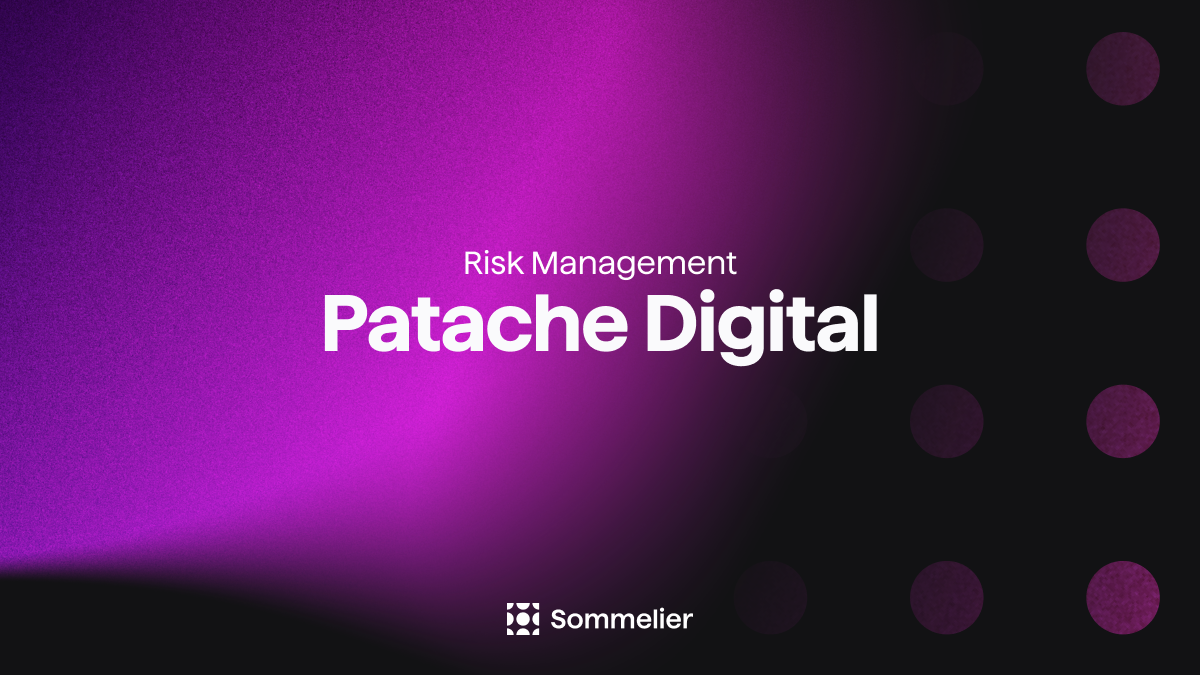
Patache Digital: Risk Management Discussion

Strategy Deep Dive: Patache Digital

Strategy Provider Spotlight: Patache Digital
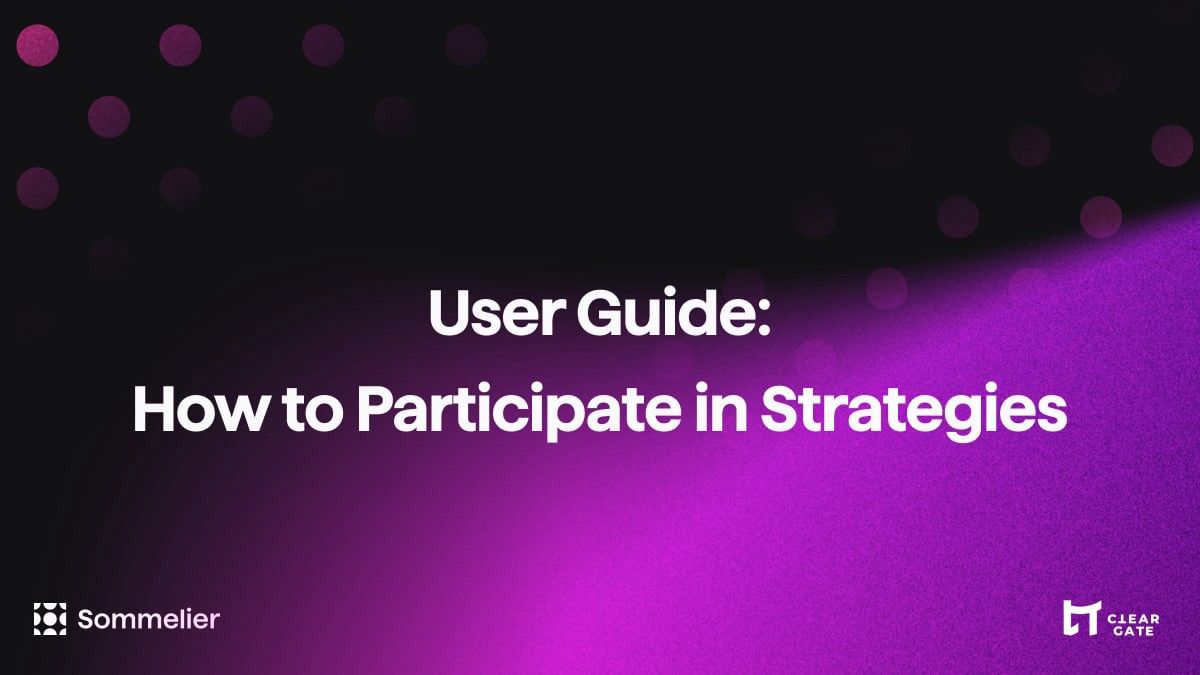
User Guide: How to Participate in Strategies on Sommelier

Sommelier Ambassador Program

Strategy Tokens: What Are They and How Do They Work?

6 Core Principles of Sommelier

10/10/22 - Deep Dive on Cleargate Backtesting

Strategy Provider Spotlight: Seven Seas

Deep Dive on Trend and Momentum Strategies

Strategy Provider Spotlight: ClearGate

Supporting Strategy Providers on Sommelier
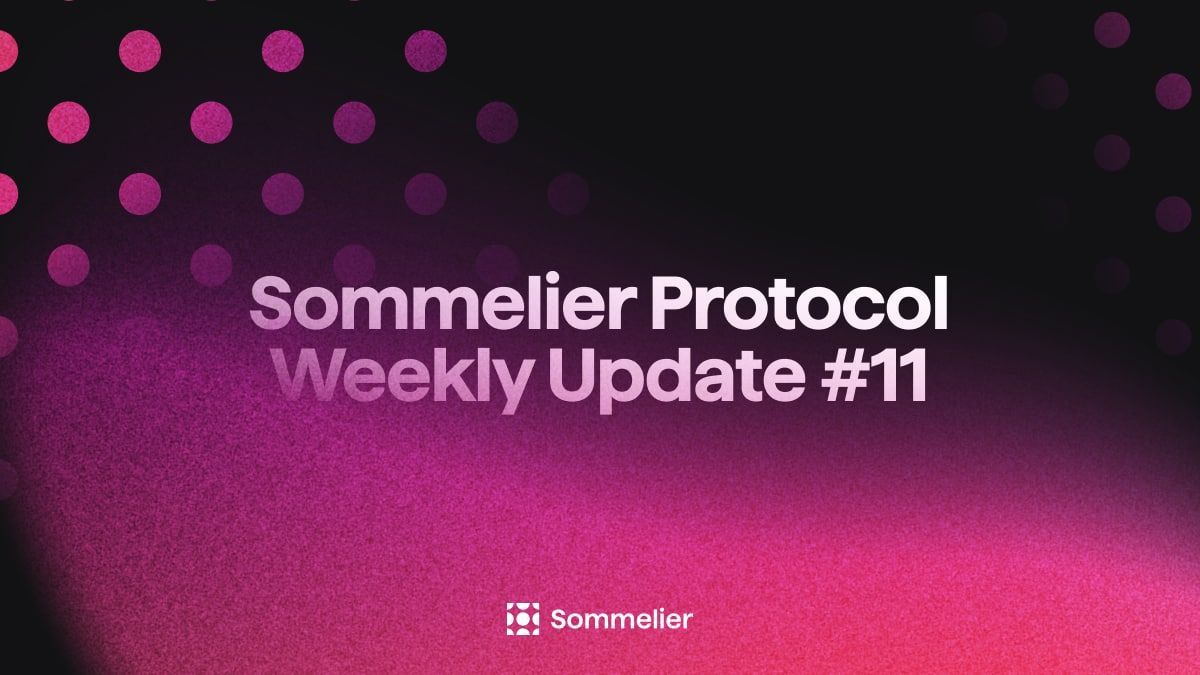
Sommelier Protocol Team Weekly Update #11

ELI-5 Explanation of the Data Science behind Sommelier’s First Aave Cellar

Sommelier Protocol Team Weekly Update #10
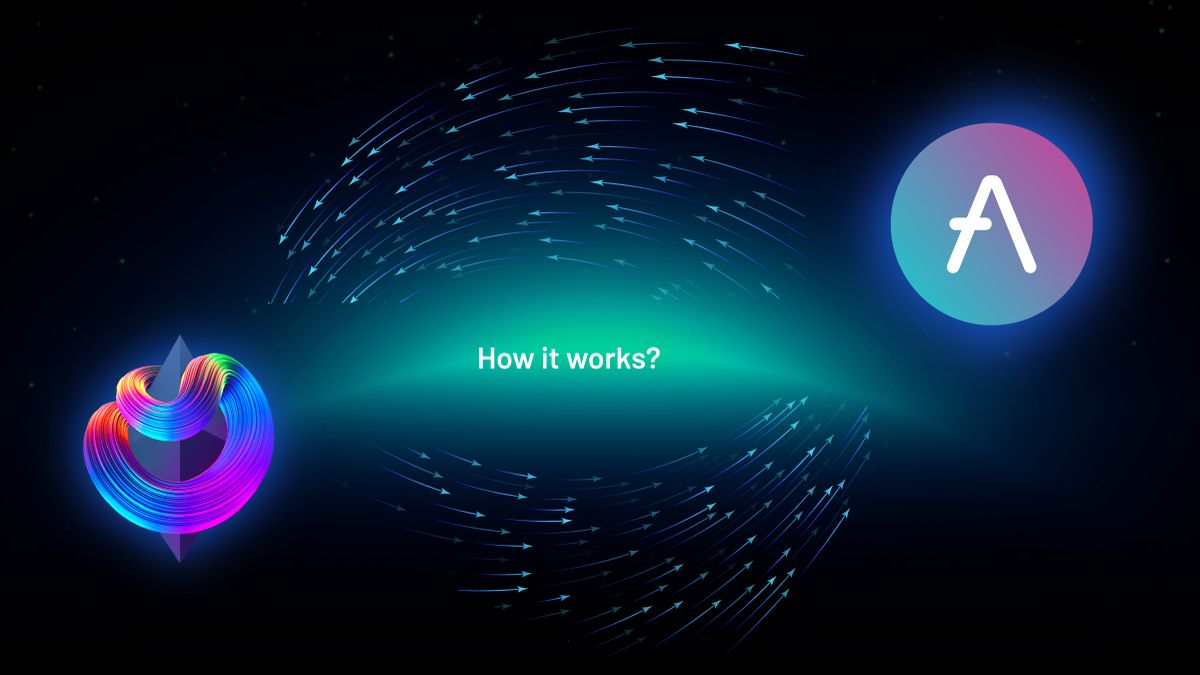
The Data Science Behind Sommelier’s First Aave Cellar
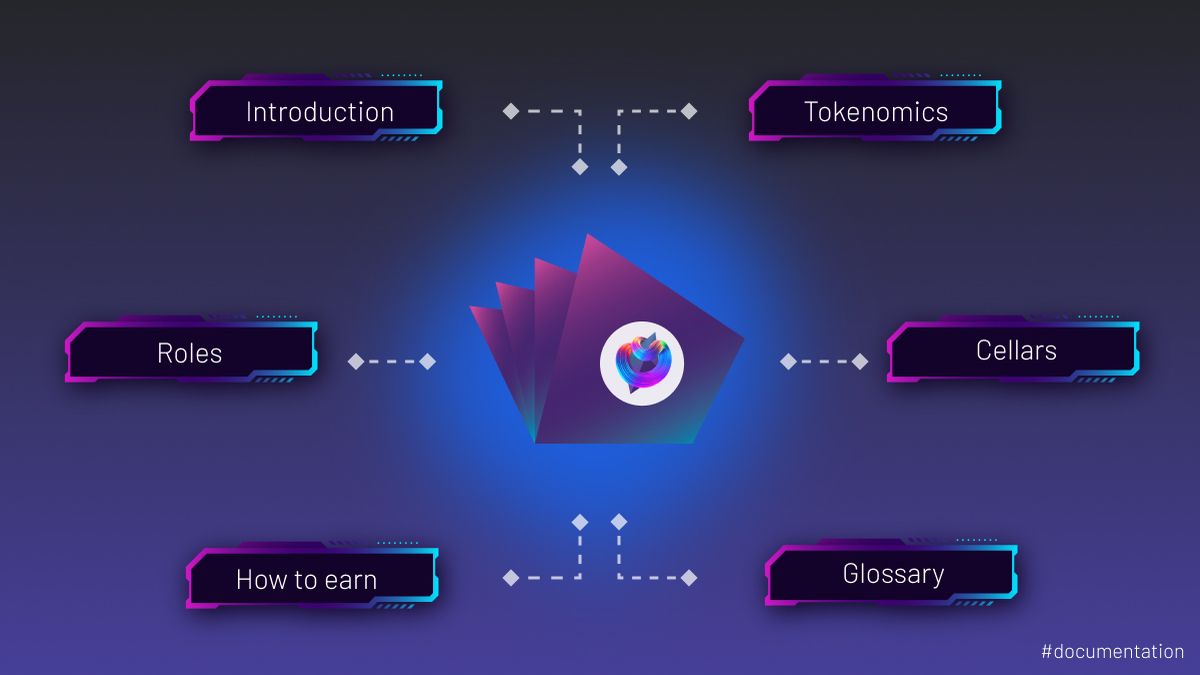
Sommelier Protocol Design Documents

Sommelier Protocol Team Weekly Update #9

Sommelier Protocol Team Weekly Update #8

Sommelier Protocol Team Weekly Update #7

Twitter Spaces With Sommelier: How to Launch a Cellar on Sommelier

Twitter Spaces With Sommelier: Protocol Upgrade and Community Update

Sommelier Protocol Team Weekly Update #4
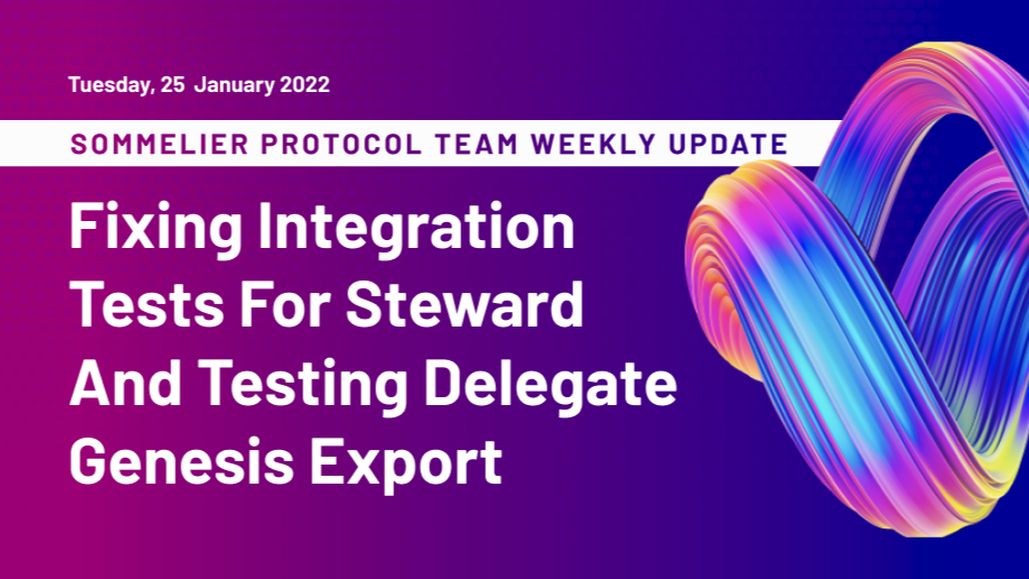
Sommelier Protocol Team Weekly Update #6

Twitter Spaces With Sommelier: SOMM Airdrop Proposal Data Analysis

Twitter Spaces With Sommelier: Community Update on the First Cellars to Launch

Twitter Spaces With Sommelier: Exploring NFT Cellars

Sommelier Protocol Team Weekly Update #1
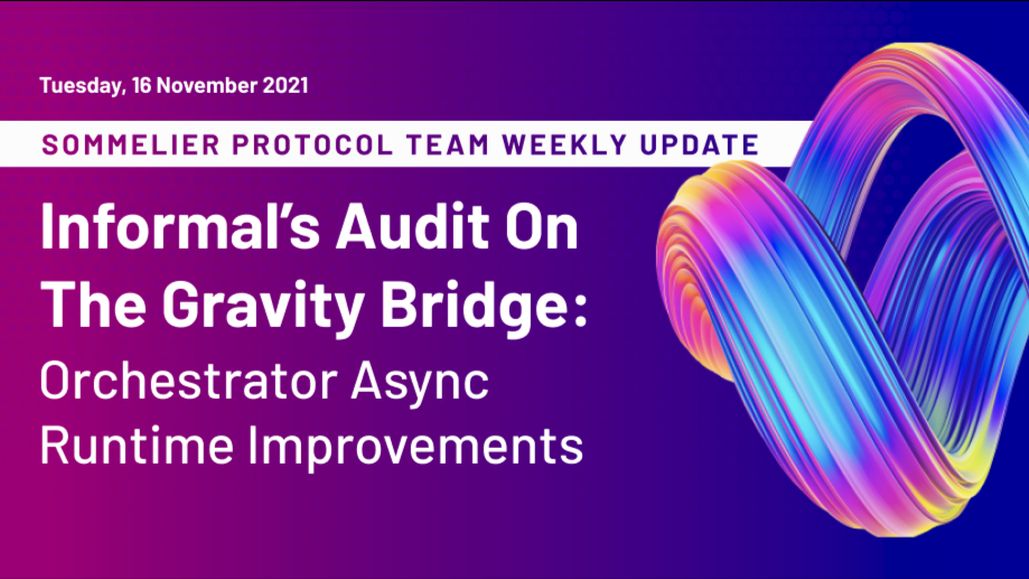
Sommelier Protocol Team Weekly Update #2
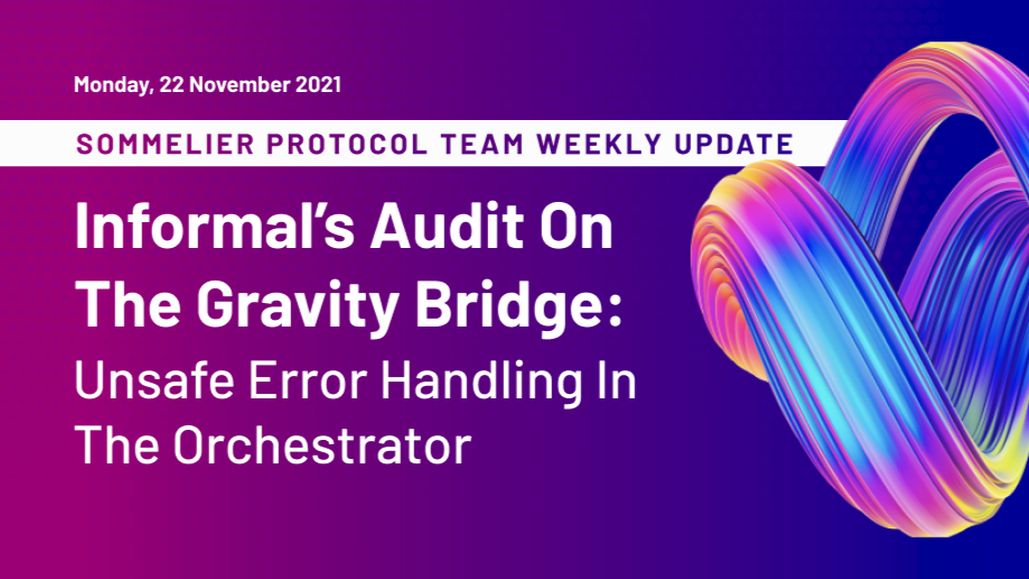
Sommelier Protocol Team Weekly Update #3

Three Things You Need to Know About Sommelier Governance This Week

Sommelier On the Road: PROOF OF…REPUTATION
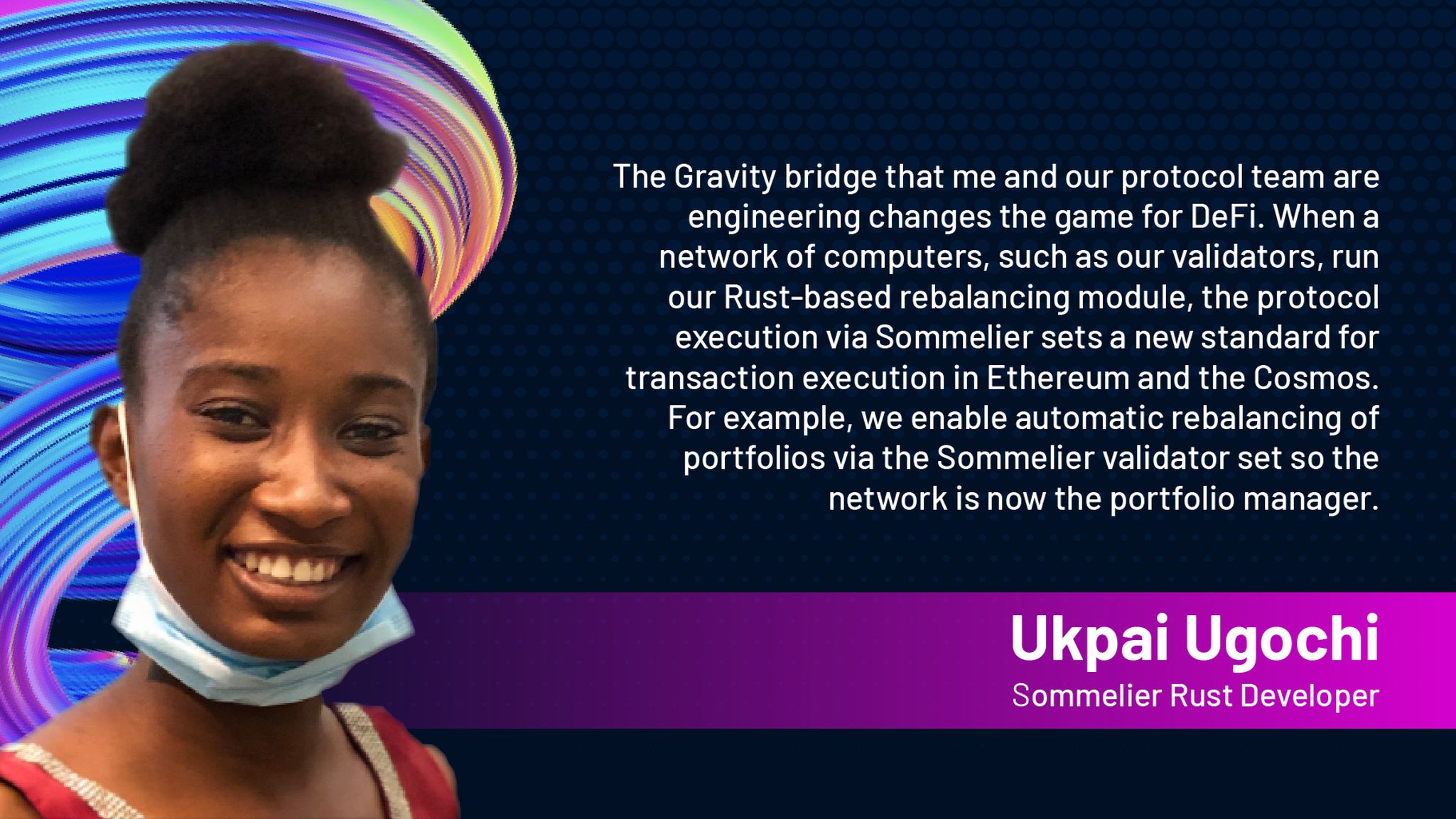
Introducing Ukpai Ugochi - Working on The Sommelier Cellars Rebalancer

Sommelier Announces 23MM Series A Mainnet Round to launch Automated DeFi via the Cosmos

Twitter Spaces With Sommelier: Mainnet Launch & Gravity Bridge
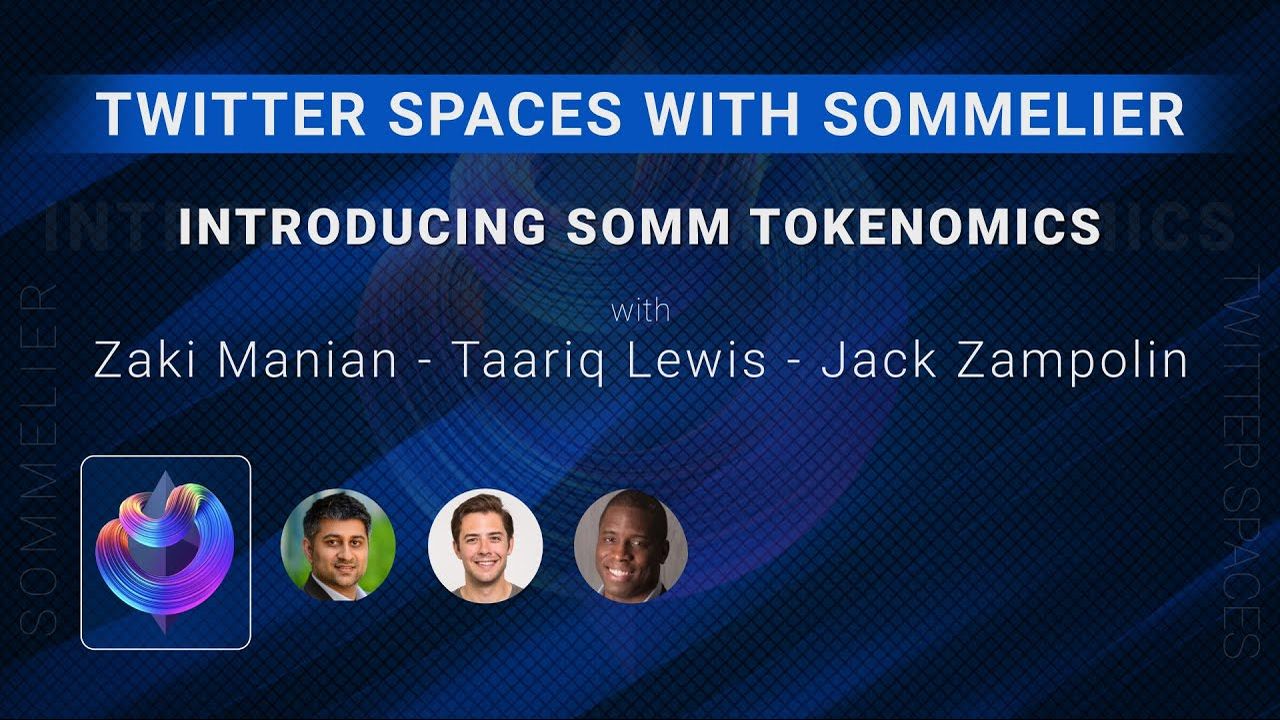
Twitter Spaces With Sommelier: Introducing SOMM Tokenomics

Twitter Spaces With Sommelier: Mysten Labs AMA With Evan Cheng

Introducing SIPS and Sommelier’s Governance Structure

Twitter Spaces With Sommelier: End of Year AMA 2021

Twitter Spaces With Sommelier: Intro to SIPS & Lisbon Blockchain Week

Twitter Spaces With the Sommeliers: Mainnet Update and Governance Launch

Sommelier Partners With Mysten Labs to Make Sommelier and All Cosmos Blockchains the Fastest Protocols on the Planet

Twitter Spaces With the Sommeliers: Sushi AMA With Joseph Delong

Introducing the Sommelier Network Mainnet and Ethereum Gravity Bridge
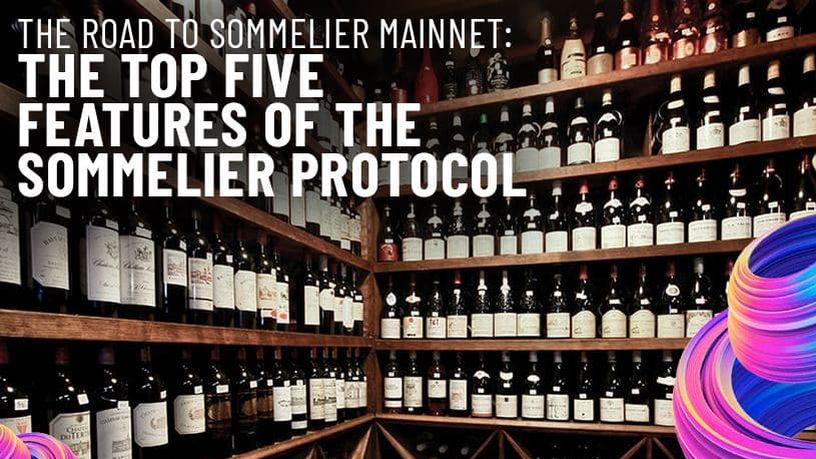
The Top Five Features of the Sommelier Protocol

Call for Validators: The Two Step Process for 2021

Two New Features Launched to Test Liquidity Management on Uniswap v3

Uniswap v3 Remove Smart Contract Incident Post Mortem for Sommelier
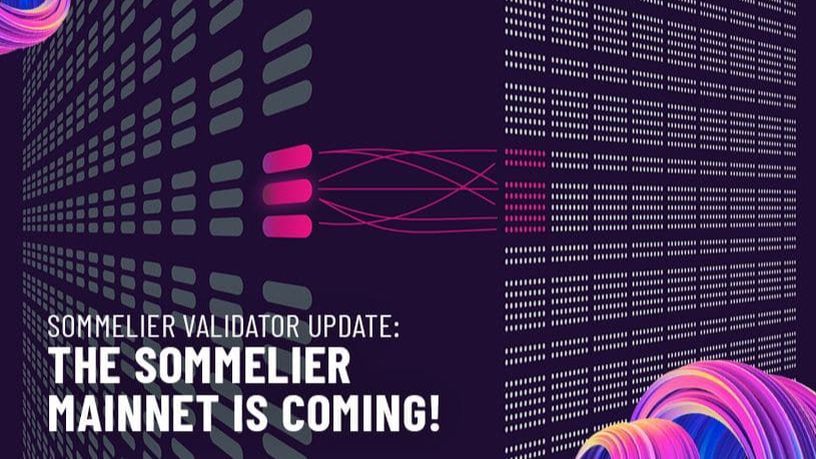
Call for Validators: Road to Sommelier Mainnet

Sommelier Liquidity AMA With Yenwen and Nick From Perpetual Protocol
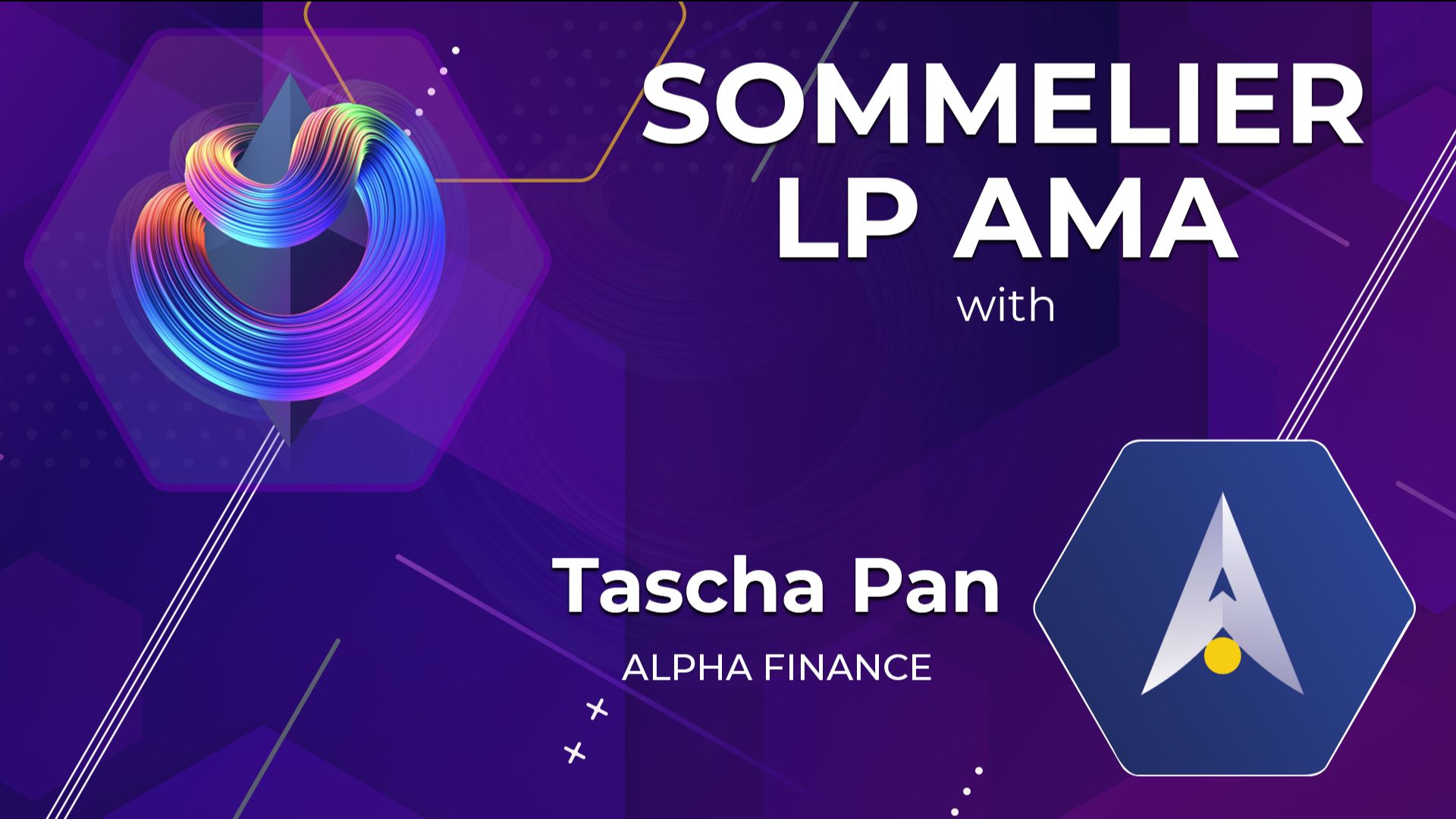
Sommelier Liquidity AMA With Tascha Pan From Alpha Finance
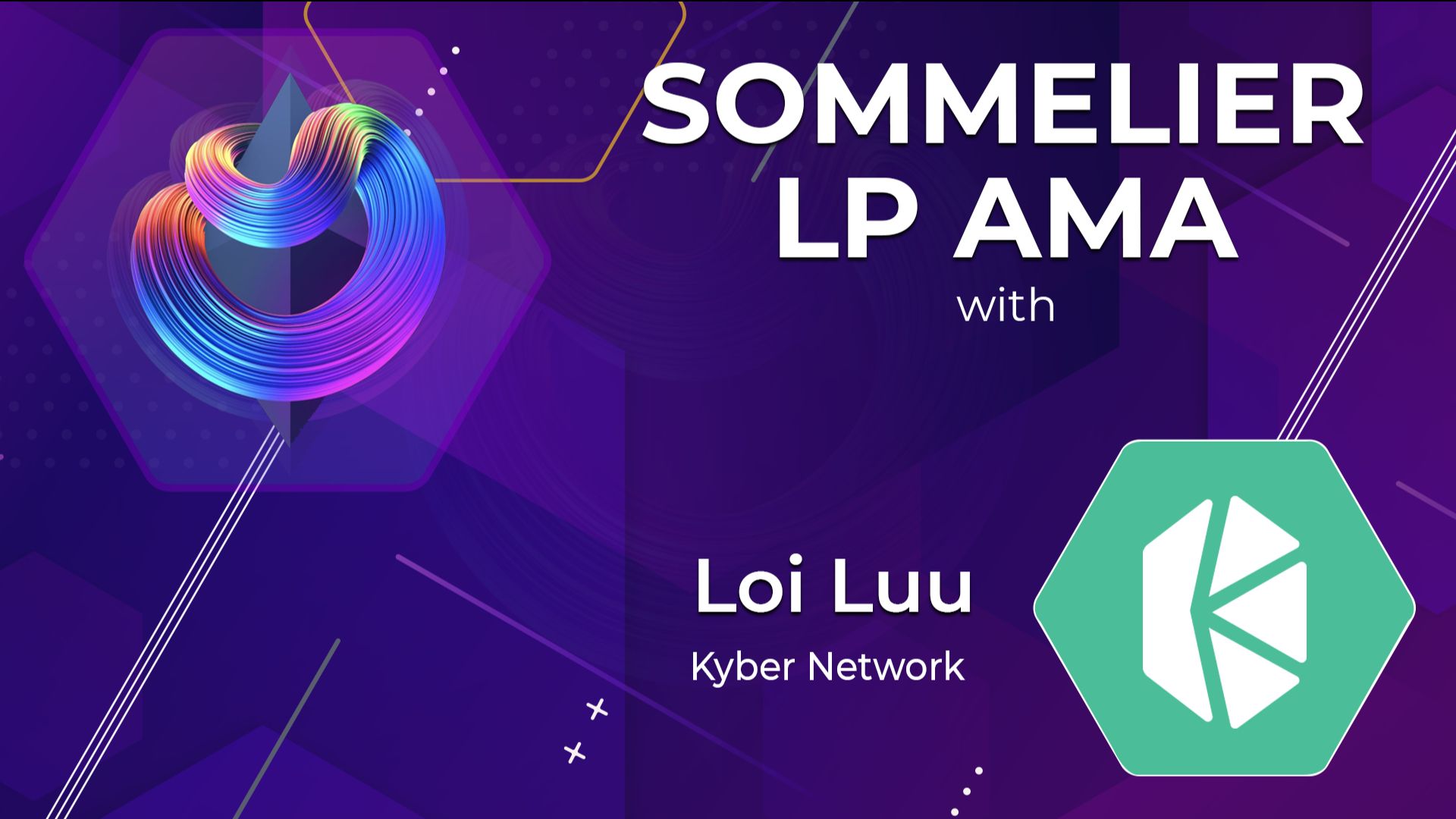
Sommelier Liquidity AMA With Loi Luu From Kyber Network

Sommelier Liquidity AMA With Alex From Peanut

Sommelier Liquidity AMA With JP From THORChain

Sommelier Liquidity AMA With Alan Chiu From OMGX Network

Sommelier Liquidity AMA With Ari From Gelato Network

Sommelier Liquidity AMA With Sunny Aggarwal From Osmosis
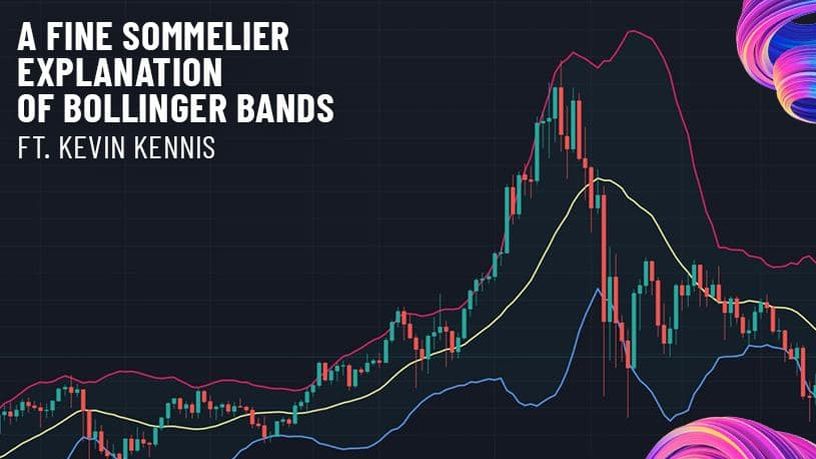
A Fine Sommelier Explanation of Bollinger Bands With Kevin Kennis

Sommelier Liquidity AMA With Mona El Isa From Enzyme

Sommelier Liquidity AMA With Haxor From Method Finance

Sommelier Liquidity AMA With Tor From Secret Network
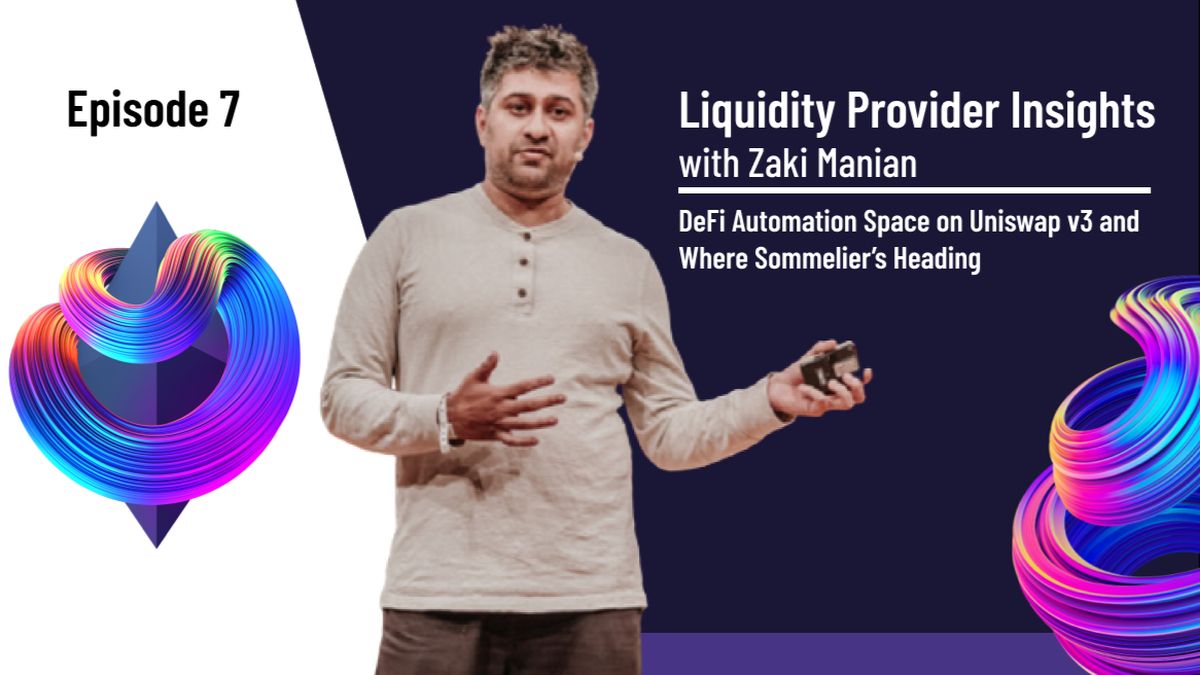
Liquidity Provider Insights With Zaki Manian - Ep. 7 - DeFi Automation Space on Uniswap v3 and Where Sommelier’s Heading

Sommelier Liquidity AMA With Geralt From CyberFi

A Pairings Tutorial of Two Sided Liquidity Addition with Sommelier
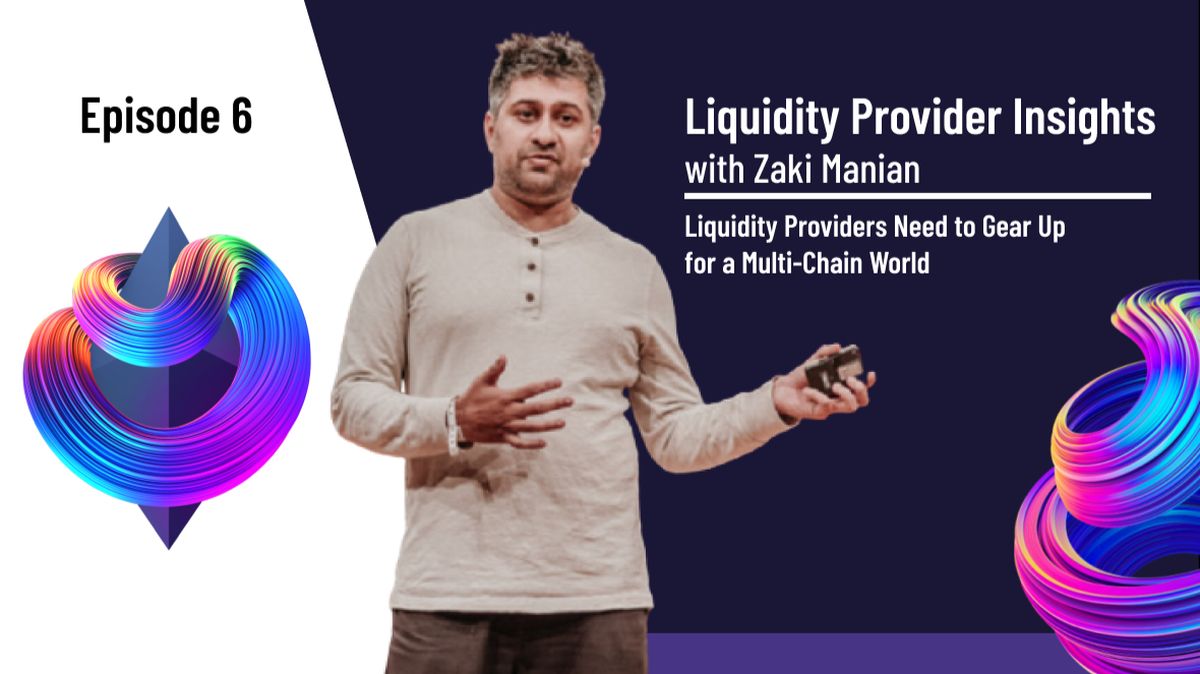
Liquidity Provider Insights with Zaki Manian - Ep. 6 - Liquidity Providers Need to Gear Up for a Multi-Chain World

Three New Summer Features for Liquidity Providers

Sommelier Liquidity AMA with Tom C and Max W from Charm

Sommelier Liquidity AMA with Dereek69 & Shalaquiana from BIOPset

Sommelier This Week - June 3rd 2021: The Road to Mainnet

Sommelier Liquidity AMA with Federico Landini from DefiLab

Sommelier Liquidity AMA with Michael Egorov from Curve

Liquidity Provider Insights with Zaki Manian - Ep. 5 - A Bright Light at the End of a Long, Tough Weekend for Bitcoin

Sommelier This Week - May 27th 2021: What Aspiring Sommelier Validators Need to Know on Last Week’s Protocol and App Progress

Liquidity Provider Insights with Zaki Manian (Special Edition) - Ep. 4 - New Pairings Release

Sommelier R&D AMA With Yaniv Tal From the Graph

Sommelier Liquidity AMA with MacLane Wilkison from NuCypher

The Eight Steps to Become a Liquidity Provider with Pairings

Sommelier NFT Awards - May 18th, 2021
Pairings By Sommelier: The FAQ

Zaki Manian Breaks Down What Liquidity Providers Need to Know Under Uniswap v3

Sommelier This Week - May 6th 2021: How This Week’s Protocol and App Progress Weaves Together to Make a Product

Sommelier Liquidity AMA with Dan Thomson from InsurAce

Sommelier This Week - April 29th 2021: Weeks Away From a Taste of the Sommelier App Experience and How the Dev Team Stays on Track
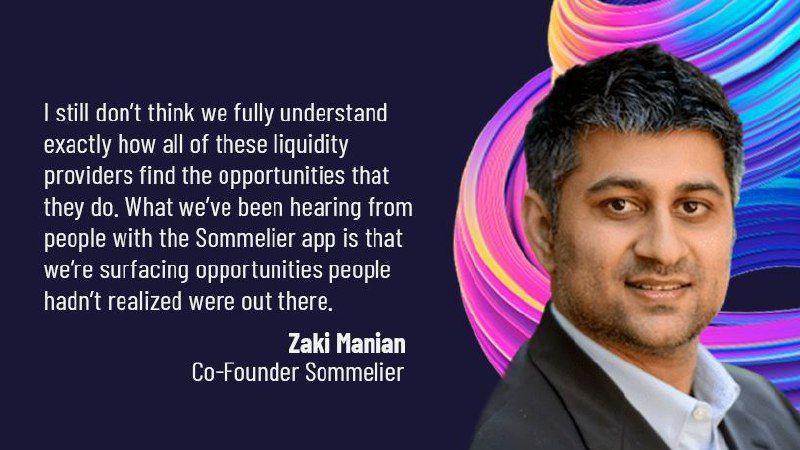
Zaki Manian Breaks Down a Phase Change Liquidity Providers Need to Know About Automated Market Makers

Introducing Jehan Tremback: Sommelier Core Developer and Althea Co-Founder that pushes the Limits of the Blockchain Bridge with Gravity

Sommelier This Week - April 22nd 2021: An Inside Look at Progress on Coordinating Sommelier Components That Contribute to the Chain

Sommelier This Week - April 15th 2021: Providing a Best-in-Class Experience for Uniswap Liquidity Providers

Sommelier Announces $1M R&D Grant from The Graph Foundation

Introducing LP Rewards: This Week With Cellframe

Introducing Deborah Simpier: Althea CEO and Sommelier Co-Founder Who Brought the Gravity Bridge to Life in The Cosmos

Sommelier This Week - April 8th 2021: What Uniswap v3 Means For Sommelier Architecture and Validators

Introducing Sommelier LP Rewards Program

Sommelier This Week - April 1st 2021: Gravity Bridge and Private Testnets

Blockchain startup decides to acquire a California winery and host NFT wine parties
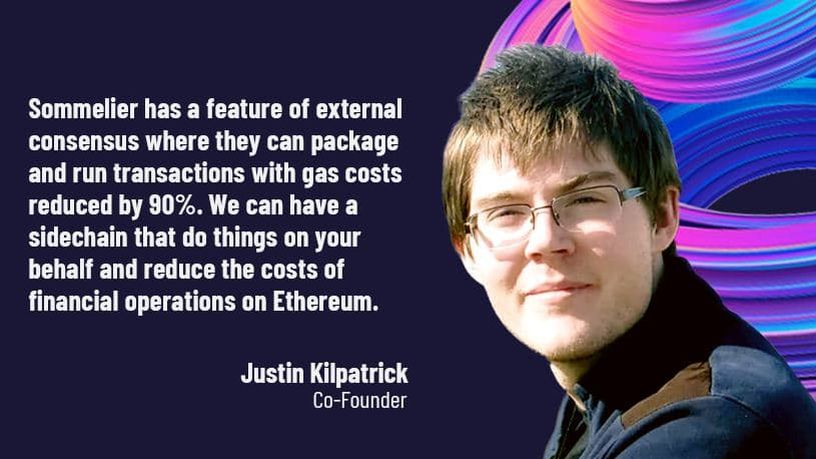
Introducing Justin Kilpatrick: The Blockchain Bridge Wizard Who Maintains Gravity

Five Ways UniswapV3 changes the world for Liquidity Providers on the AMM
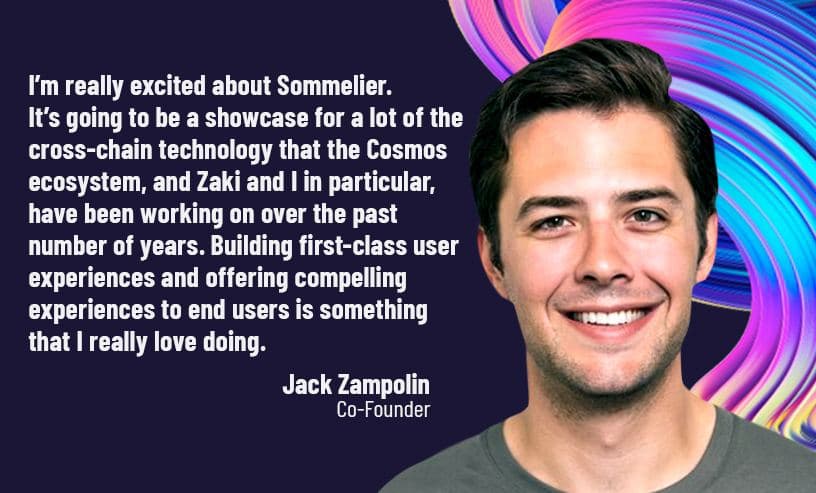
Introducing Jack Zampolin: On Becoming A Sommelier in The Cosmos

Sommelier: Welcome To The New CoProcessor For Ethereum
© 2025 Somm by Bajanss OÜ –Maakri 36-50, Tallinn, Estonia 10145